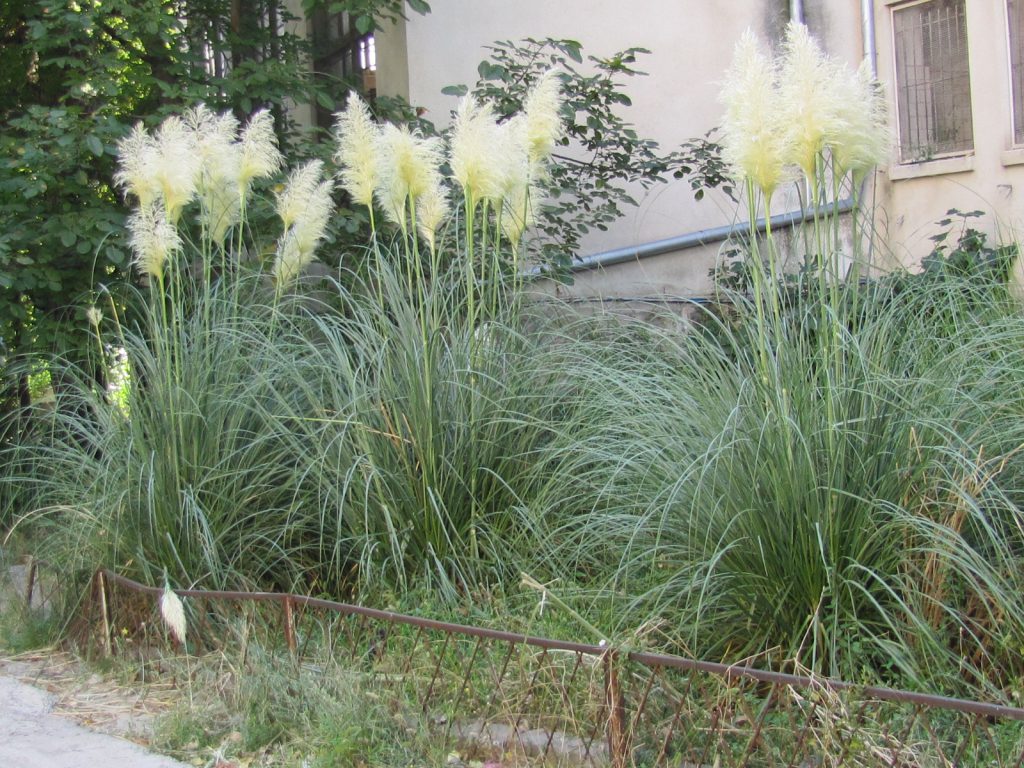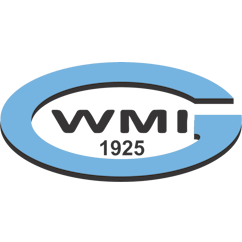Institute’s Laboratory
The Georgian Water Management Institute, founded in 1929, is the only research organization in the South Caucasus whose main focus is on water management, land reclamation, environmental protection, and safeguarding the country’s population from natural disasters such as floods, erosion, mudflows, landslides, and other destructive phenomena. The institute provides scientifically grounded recommendations and protective measures against these hazards. In this field, the institute is the only organization of its kind in Georgia.
The institute possesses a unique hydrotechnical laboratory, one of the largest in Europe, equipped with specialized devices and a pumping station (comprising 12 units of engines and pumps).
Currently, the institute operates the following laboratories:
- Hydrotechnical Laboratory
- Hydraulics Laboratory
- Debris Flow Modeling Laboratory
- Riverbed Process Laboratory
- Pumping Station
- Coastal and Ocean Storm Modeling Laboratory
- Soil Erosion and Water Resource Management Laboratory
In 2005, the institute was awarded the “Century International Quality Era Award” from Switzerland for its world-class hydrotechnical laboratory and numerous scientific projects and research efforts.
In addition to the unique hydrotechnical laboratory, the institute also houses laboratories for modeling debris flow and erosive processes, soil mechanics, technical reclamation, and soil and water quality research, which support all the scientific and contractual work carried out at the institute.
Current Research Capabilities:
At present, the Hydrotechnical Laboratory at the institute is capable of conducting the following studies:
- Modeling of hydrotechnical structures;
- Modeling and research of river erosion and deformation processes;
- Research on soil erosion processes and modeling of protective structures;
- Research on debris flow processes and modeling of countermeasures;
- Research and modeling of wave impacts on coastal zones (abrasive processes);
- Creation of databases from physical experiment results on hydrological nodes, bank protection measures, and erosive-debris flow assessments for the development of expensive simulation models;
- Selection of effective shore protection structures for seas, reservoirs, and rivers through model studies in wave channels and spatial pools, with real-scale modeling;
- Modeling of shoreline washing-accumulation processes in seas and reservoirs;
- Port modeling;
- Water management unit modeling;
- Testing of a biotechnological method for the reclamation of oil-contaminated soils using a new peat ameliorant;
- Determination of the basic chemical characteristics of water and soil-soil:
- Typical Water Analysis:
- pH
- Electrical conductivity
- Main ions (HCO3-, Cl-, SO42-, Na+, K+, Ca2+, Mg2+)
- Dry residue
- Organic substances (oxidation)
- Complete Water Analysis:
- pH
- Main ions (HCO3-, Cl-, SO42-, Na+, K+, Ca2+, Mg2+)
- Organic substances (oxidation)
- Hardness
- Biogenic elements (NH4+, NO2-, NO3-, PO43-)
- Trace elements (I, Cu, Pb, Zn, Ba, Fe, Cr, Zr, Li, B, Cd, Al, Se, Mn, F, As)
- Complete Soil Analysis:
- Soil sample preparation for analysis
- pH in water
- pH in KCl
- Humus
- Potassium
- Nitrates
- Phosphates
- Shortened analysis of soil water extract
- Complete analysis of soil water extract
- Mechanical analysis of soil by constructing granulometric curves.
- Excavation of a 4-meter well using hand drilling.
- Engineering-geological planning:
- Planning for headworks, reservoirs, pressure tunnels, equalizing wells, hydroelectric buildings, and outgoing channels.
- Laboratory studies:
- Study of the granulometric composition, plasticity, moisture content, density, compressive, and shear parameters of soils;
- Study of the density, moisture content, softening coefficient, frost resistance, and saturation of rocky formations;
- Study of groundwater.
Laboratory Photos

Image 1. Hydrotechnical Laboratory

Image 2. Pumping Station

Image 3. Hydraulic Flume for Debris Flow Modeling

Image 4. Internal Water Reservoir of the Hydrotechnical Laboratory

Image 5. Laser Equipment for the Study of Erosive Processes

Image 6. Open Pool for Sea Wave Modeling

Image 7. Small Spatial Pool for Sea Wave Modeling

Image 8. Small Hydraulic Flume

Image 9. Experimental Stand for Vetiver Grass, a Plant for Soil Erosion Control, on the Institute’s Grounds
